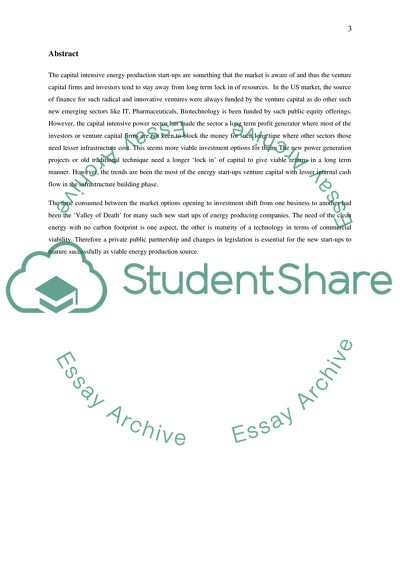Cite this document
(How is recourse limited in energy project finance deal Research Paper, n.d.)
How is recourse limited in energy project finance deal Research Paper. https://studentshare.org/finance-accounting/1856732-how-is-recourse-limited-in-energy-project-finance-deal
How is recourse limited in energy project finance deal Research Paper. https://studentshare.org/finance-accounting/1856732-how-is-recourse-limited-in-energy-project-finance-deal
(How Is Recourse Limited in Energy Project Finance Deal Research Paper)
How Is Recourse Limited in Energy Project Finance Deal Research Paper. https://studentshare.org/finance-accounting/1856732-how-is-recourse-limited-in-energy-project-finance-deal.
How Is Recourse Limited in Energy Project Finance Deal Research Paper. https://studentshare.org/finance-accounting/1856732-how-is-recourse-limited-in-energy-project-finance-deal.
“How Is Recourse Limited in Energy Project Finance Deal Research Paper”. https://studentshare.org/finance-accounting/1856732-how-is-recourse-limited-in-energy-project-finance-deal.


